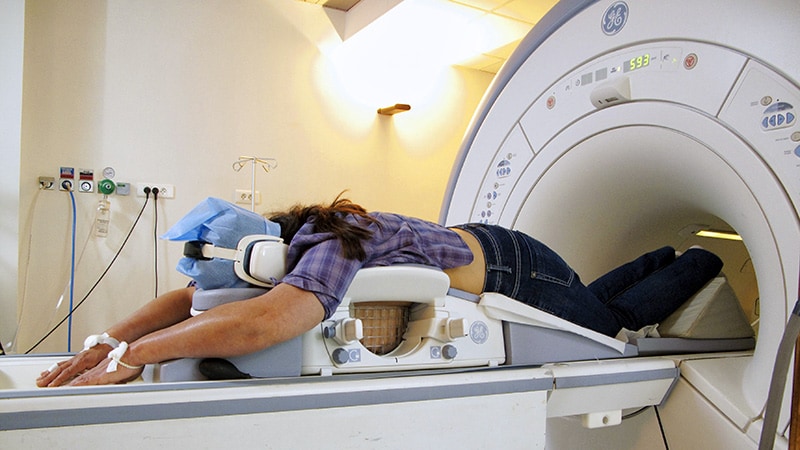Navigating Supplemental Breast Cancer Screening: Balancing Detection and Overdiagnosis
This article explores the use of supplemental breast cancer screening options beyond routine mammography for women at higher risk. It discusses the key differences and trade-offs between various modalities, including digital breast tomosynthesis, ultrasound, and MRI.
The article highlights that while supplemental screening can detect more cancers, it also comes with a higher risk of false-positive findings and unnecessary biopsies. The decision to use additional screening and the choice of approach depend on a woman's individual risk factors, such as family history, breast density, and genetic mutations.
The article provides an overview of the "appropriateness criteria" developed by the American College of Radiology, which outlines recommended supplemental screening options for different risk levels and breast density. It also discusses the latest guidelines from the US Preventive Services Task Force, which found insufficient evidence on the benefits and harms of supplemental screening with ultrasound or MRI in women with dense breasts.
The article emphasizes the importance of using validated risk models to accurately assess a patient's breast cancer risk, rather than relying solely on family history or breast density. It also notes that screening tests using contrast materials tend to have better detection rates than those without.
Overall, the article aims to help clinicians navigate the complex landscape of supplemental breast cancer screening and make informed decisions that balance the benefits of improved detection with the risks of overdiagnosis and unnecessary interventions.
Customize Summary
Rewrite with AI
Generate Citations
Translate Source
To Another Language
Generate MindMap
from source content
Visit Source
www.medscape.com
Higher Risk Breast Cancer Screening: Which Test to Use?
Key Insights Distilled From
by Nancy A. Mel... at www.medscape.com 05-15-2024
https://www.medscape.com/viewarticle/higher-risk-breast-cancer-screening-which-test-use-2024a100099v
Deeper Inquiries
